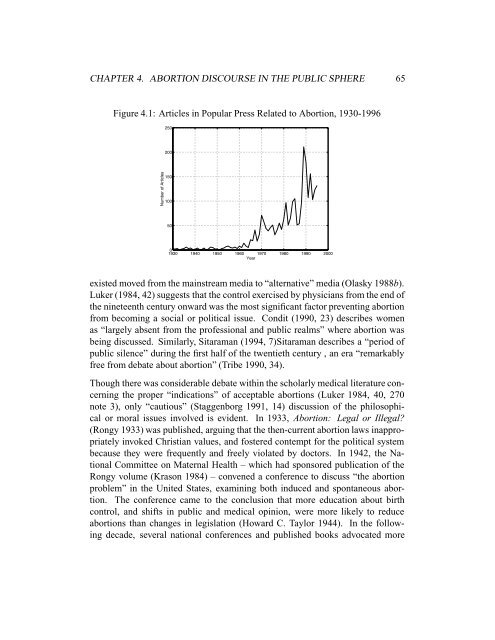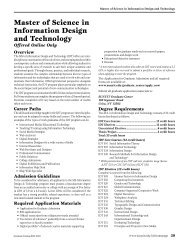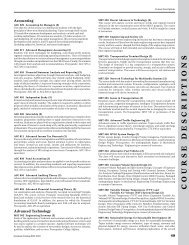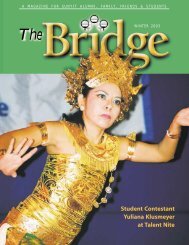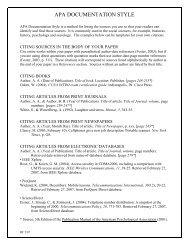Expanding the Public Sphere through Computer ... - ResearchGate
Expanding the Public Sphere through Computer ... - ResearchGate
Expanding the Public Sphere through Computer ... - ResearchGate
You also want an ePaper? Increase the reach of your titles
YUMPU automatically turns print PDFs into web optimized ePapers that Google loves.
CHAPTER 4. ABORTION DISCOURSE IN THE PUBLIC SPHERE 65<br />
Figure 4.1: Articles in Popular Press Related to Abortion, 1930-1996<br />
250<br />
200<br />
Number of Articles<br />
150<br />
100<br />
50<br />
0<br />
1930 1940 1950 1960 1970 1980 1990 2000<br />
Year<br />
existed moved from <strong>the</strong> mainstream media to “alternative” media (Olasky 1988b).<br />
Luker (1984, 42) suggests that <strong>the</strong> control exercised by physicians from <strong>the</strong> end of<br />
<strong>the</strong> nineteenth century onward was <strong>the</strong> most significant factor preventing abortion<br />
from becoming a social or political issue. Condit (1990, 23) describes women<br />
as “largely absent from <strong>the</strong> professional and public realms” where abortion was<br />
being discussed. Similarly, Sitaraman (1994, 7)Sitaraman describes a “period of<br />
public silence” during <strong>the</strong> first half of <strong>the</strong> twentieth century , an era “remarkably<br />
free from debate about abortion” (Tribe 1990, 34).<br />
Though <strong>the</strong>re was considerable debate within <strong>the</strong> scholarly medical literature concerning<br />
<strong>the</strong> proper “indications” of acceptable abortions (Luker 1984, 40, 270<br />
note 3), only “cautious” (Staggenborg 1991, 14) discussion of <strong>the</strong> philosophical<br />
or moral issues involved is evident. In 1933, Abortion: Legal or Illegal?<br />
(Rongy 1933) was published, arguing that <strong>the</strong> <strong>the</strong>n-current abortion laws inappropriately<br />
invoked Christian values, and fostered contempt for <strong>the</strong> political system<br />
because <strong>the</strong>y were frequently and freely violated by doctors. In 1942, <strong>the</strong> National<br />
Committee on Maternal Health – which had sponsored publication of <strong>the</strong><br />
Rongy volume (Krason 1984) – convened a conference to discuss “<strong>the</strong> abortion<br />
problem” in <strong>the</strong> United States, examining both induced and spontaneous abortion.<br />
The conference came to <strong>the</strong> conclusion that more education about birth<br />
control, and shifts in public and medical opinion, were more likely to reduce<br />
abortions than changes in legislation (Howard C. Taylor 1944). In <strong>the</strong> following<br />
decade, several national conferences and published books advocated more


